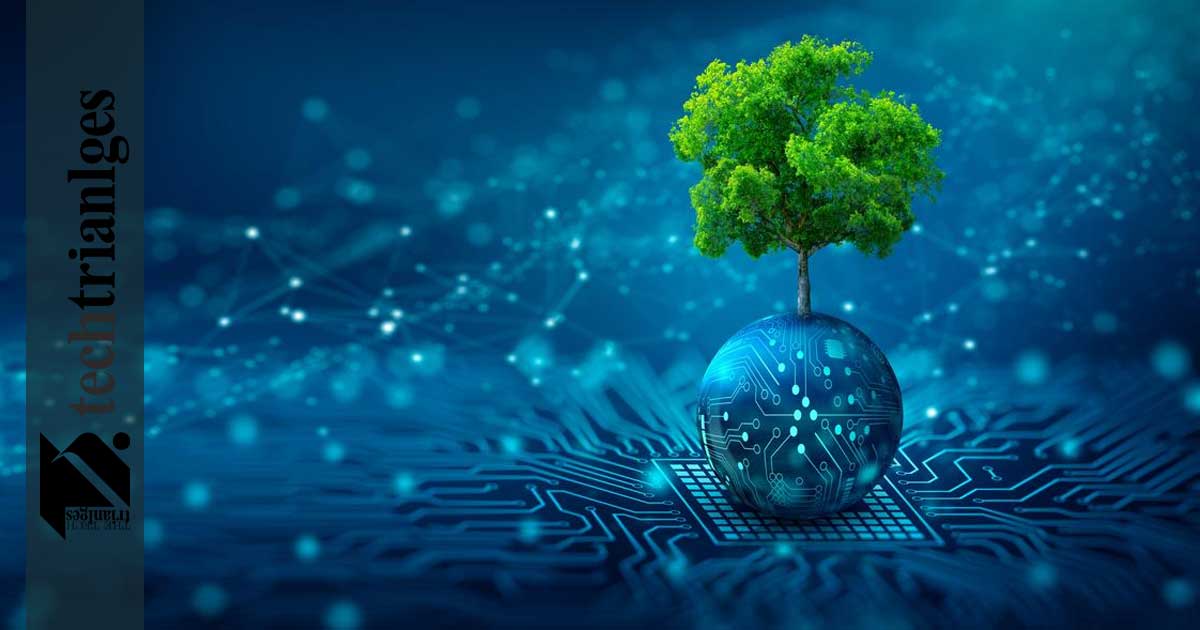The use of technology is present in the daily life of society, facilitating chores and communication through the use of tools and accessories adapted to the needs that arise over time. One of the greatest milestones in history that has generated the main technological, economic, social, and cultural changes dates back some 172 years with the Industrial Revolution.
This relevant transformation triggered a significant technological, agrarian, demographic, and transportation advance that provided benefits for people, such as an increase in the birth rate, food availability, greater connectivity, and for the industry in general.
However, it caused the excessive use of fossil fuels, which increased greenhouse gases, generated the depletion of energy and biological resources, contaminated surface water, the atmosphere, and soil, global warming, and accumulated of waste from industrial activities; consequences that we feel in our lives today.
Currently, it is a necessity to seek solutions to make development compatible with the maintenance of habitable conditions on the planet, that is, to have sustainable development, and for this, the use of technologies for the conservation and protection of the environment, use of renewable resources, recycle materials, educate ourselves and raise awareness of the importance and role we have with the planet.
What do we understand by technology?
What is technology? It corresponds to the “Set of theories and techniques that allow the practical use of scientific knowledge; Set of industrial instruments and procedures of a certain sector or product”.
In other words, technology is the coordinated application of the set of knowledge and skills to create an artificial technological product or develop an idea; to solve a technical problem or satisfy human needs. Graphically it can be described as follows:
The vast majority of the usual activities in our day-to-day produce pollution, be it acoustic, light, or atmospheric, whose final receptor is the environment, and that is why technology can also be an ally to reduce the risks associated with pollution. decrease in pollution.
This varies according to a series of factors such as population growth, the degree of urbanization, industrial development, the mechanization of agriculture, or the use of natural resources.
Currently, the existing relationship between nature and technology must be understood by the new generations as something interconnected and not in conflict, one can contribute to improving the environment and its conservation, minimizing our footprint through the proper use of tools such as:
- Digital transformation, with the great reduction of the use of paper, by companies and individuals, thanks to Internet cloud storage and memory systems.
- development of electric cars
- “Smart” houses and buildings
- Renewable energies, such as solar thermal, solar photovoltaic, solar thermal, wind, geothermal, tidal, tidal, wave, or bioenergy.
- Environmental control
In addition to positively impacting the environment, they bring benefits to the companies that adopt them in the following aspects:
- Cost savings: By minimizing ecological damage, it allows companies a possible reduction in their production costs, by improving the efficiency of production processes, and the use of raw materials and energy.
- The implementation of pollution prevention measures and the ISO 14001 certification have represented savings for companies, as well as the degree of awareness and encouragement for those involved, as the environmental benefits due to significant reductions in the volume of wastewater, fossil fuels, and in general a better use of materials.
- Compliance with regulations: By adopting a series of environmental protection practices, it is necessary to comply with established national and international regulations, in order to avoid sanctions that imply not only the monetary aspect but also the loss of corporate image and credibility. institutional. This translates into a drop in the value of its shares and assets in the market while disintegrating the strategic management of the business with environmental development.
- Risk reduction: By investing in minimizing environmental risks, the company can be conceived as a decision aimed at reducing the company’s costs, since it must be proactive in terms of possible eventualities that may arise in environmental matters.
The future will not only be marked by our ability to evolve and adapt to change, but in these times it is necessary to adopt appropriate methods of environmental management in response to the drastic progress in industrial production systems; in the marketing channels for the products and in the distribution networks of the services.
Advancing towards a new culture is essential, overcoming the challenges that nature imposes on us will also allow us to bet on a different economy, which generates qualified employment and is more respectful of our planet; and in this scenario, technology can become one of the most important tools for the correct conservation of the environment and for sustainable development of our human activities.








